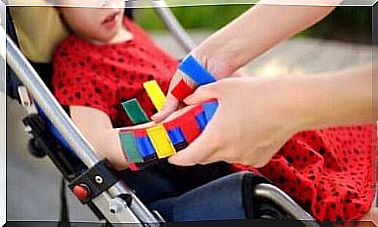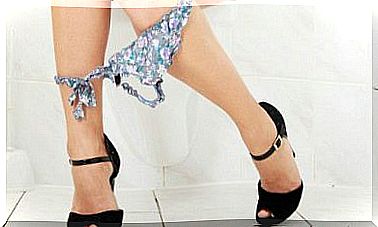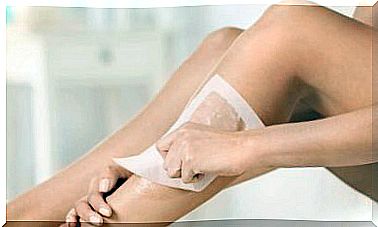Sleep Apnea In Babies: Causes And Symptoms
Sleep apnea in babies is a medical problem that we need to pay attention to. It’s not just a snoring that comes and goes; this hides a more important respiratory disorder.
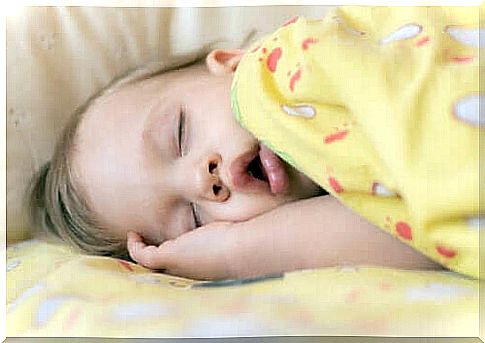
When to consider sleep apnea in babies We cannot reduce this disorder to a simple snoring of some babies at birth. In this case, sleep apnea is an alteration in breathing that occurs during the time of rest.
Obstructive sleep apnea in babies occurs when a child’s breathing stops for a while. This interruption can be partial, with a certain air flow remaining. Or total, without oxygen exchange during this time.
Hence the seriousness of the disorder which must be treated and resolved. Indeed, without the entry and exit of gases for metabolism, many bodily functions are impaired, including brain functions. In this article, we tell more about sleep apnea in babies and its possible treatments.
Causes of sleep apnea in babies
The root cause of this problem in young children lies in the structure of their airways. By itself, a child’s airway is smaller than an adult’s, with a limited diameter that can become blocked at times due to the flexibility of the trachea.
Some babies have narrower airways than others, for anatomical reasons or because of repeated infections. In addition, from an anatomical point of view, a small trachea due to demarcated cartilages is not the same thing as a tonsil which has taken on volume.
One of the most common causes is actually enlarged tonsils. This lymphoid tissue, which acts as a defense, can increase its size and prevent the proper entry of air into the body. Especially when lying down.
The shape of the lower jaw is also a risk factor. Children with smaller facial bones have a different air access door, making it difficult to get inside.
On the other hand, overweight babies have a double complicating factor. On the one hand, the fat that accumulates in the neck puts pressure on the windpipe. On the other hand, the tongue grows and falls backwards into a sleeping position.
Children with cerebral palsy are a special case. This pathology is characterized by a looser muscle tone that promotes obstruction of their airways.
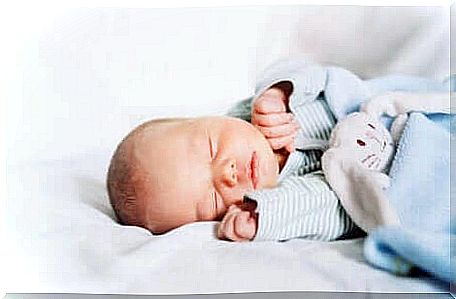
Visible symptoms of this disorder
The signs and symptoms of obstructive sleep apnea in children are related to the respiratory system. The main one is snoring. These are infants who snore too much, with sounds similar to those of adults.
In turn, snoring is often accompanied by a cessation of breathing and rhythm. This is called apnea. When there is neither inspiration nor expiration and the pulmonary mechanics remain suspended for a moment.
Sometimes parents or educators detect the phenomenon, but most of the time it goes unnoticed. This does not mean that we have to constantly monitor our children’s sleep, but we do have to pay attention every now and then, and especially to sounds.
Children with obstructive sleep apnea prefer to breathe through their mouths because this mechanism promotes more air volume. However, it dries up the oral and nasal mucous membranes, increasing thirst and nighttime awakenings.
Long-term effects of sleep apnea in babies
What are the consequences of poor rest and low oxygen supply during sleep? Well, babies with this disorder tend to be hyperactive during the day. This results in a higher caloric expenditure. Therefore, if there is no compensation, it can delay the correct progression of the baby’s weight.
In addition, children with obstructive apnea are also at risk of developing early changes in their nascent dentition. According to an article in the Journal of the Mexican Dental Association, bruxism or teeth grinding is more common in children who suffer from this sleep disorder.
In the longer term, in adolescence and adulthood, children who have suffered from sleep apnea are more likely to develop high blood pressure and cardiovascular disease. This becomes more evident in obese children.
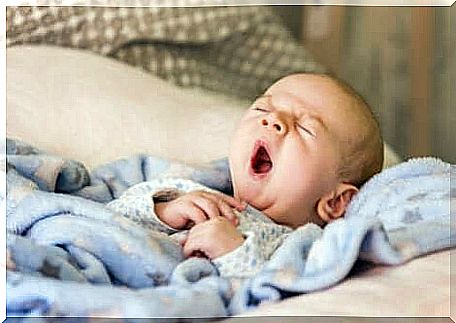
Possible treatments
The treatment options for obstructive sleep apnea are diverse. Among the strategies currently available, we can cite:
- Nasal corticosteroids: these are drugs used topically for congestion of the nasal mucous membranes. They are effective in cases of rhinitis and should always be prescribed by a doctor
- Adenoid surgery: adenoidectomy is the treatment of choice for children with enlarged tonsils
- Hygienic and dietary measures: in mild cases, the situation may improve by adjusting habits. For example, the child’s bedtime position, sleep schedule, meal distribution and the space between the last meal and bedtime
- CPAP therapy: In severe cases that do not improve with any of the alternatives mentioned above, CPAP equipment is used. It involves injecting positive air pressure into the airways to force sufficient oxygen to reach the lungs. This represents the last option, because its use is then chronic
How to react in the event of sleep apnea in your baby?
If your baby is diagnosed with sleep apnea, don’t panic, but rather provide care properly. The developmental period of infants is very important because it influences the rest of their life.
Finally, if you correct the disorders quickly, you will avoid more serious complications in the future. During the consultation with the pediatrician, you will be advised on the best treatment alternatives and on the daily actions to improve the situation.
